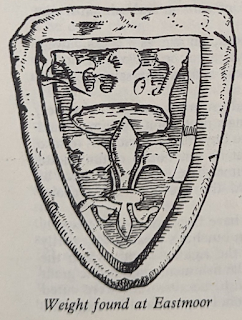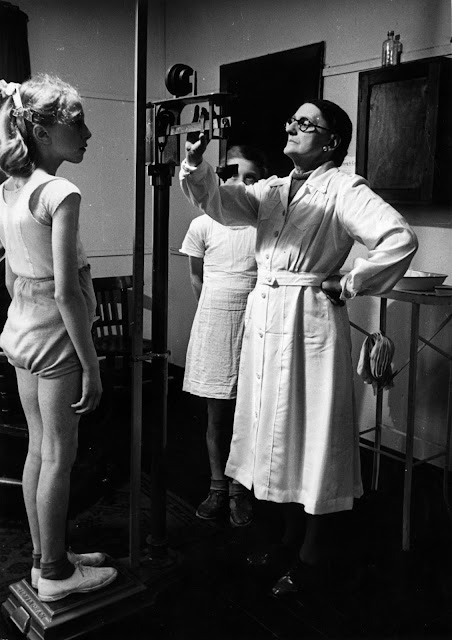2023 marked both 100 years since Wakefield Museum first opened, and the start of a century of collecting objects!
To celebrate, our team picked 100 objects that tell the rich heritage of our district.
Most of them are already on display, so we
asked our friends at Wakefield Civic Society and Wakefield Historical Society
to pick a selection from our storeroom.
Their members have picked an interesting mix of objects. These cover work and industry, sports and leisure, entertainment and creativity, politics
and protest, and law and order.
 |
| Members of Wakefield Historical Society and Wakefield Civic Society at the display's unveiling, with curator John Whitaker |
This blog features the objects chosen by the Wakefield Historical Society, along with the captions they wrote. The Wakefield Civic Society captions are in this blog.
All of the full captions are available in the 100 Years of Collecting Online Exhibition (choose 'Objects on Display' and then 'Wakefield One').
Dress from the Wakefield Pageant, 1933

'Snooker for Women' campaign t-shirt, 1970s-80s
Sheila Capstick innocently joined her Dad to play snooker one afternoon at the City Working Men’s Club in Kirkgate.
The local committee, the Club and Institute Union determined that women couldn’t play snooker.
The t-shirt symbolizes the power that certain males own.
Although so many women now participate in all sorts of sports, the sexism hasn’t ended!
The struggles of so many women throughout history must not be forgotten.
Lead weight, 1300s - 1400s
A lead merchant weight, known as a Lys and Crown type, weighing 1lb and believed to date from the 14th / 15th century.
Their specific use remains uncertain, but they may be wool weights.
This example is illustrated in J.W. Walker’s ‘Wakefield Its History and People’ 2nd edition (1939). Walker states it was ‘dug up in a garden on the Eastmoor housing estate’.
The suggested location of the find site and presence of a fleur-de-lys, may lead one to speculate on a Wakefield connection. This is perhaps understandable as there was, at this time (1930s) a lack of other archaeological examples. However, a number of very similar examples have now been found in North and East Yorkshire.
 |
| Illustration of the weight in J.W. Walker's 'Wakefield: Its History and People' (1939 edition) |
Weight and height scale from Wakefield's Hornsea Seaside School, 1930s
These were used to monitor children’s health and physical development, a growing concern in the early 20th century.
From 1906 local authorities took steps to record the height, weight and chest measurements of children attending elementary school.
From 1921 they were empowered to provide children with vacation schools.
 |
| Weighing in: Mrs Paterson, the matron at the Wakefield Seaside School in Hornsea, weighing a new arrival. Photo copyright of Hulton Archive / Getty Images. |
Dunlop 200G Max Pro tennis racket, 1980s
William Sykes, a leather worker, started a business making footballs but quickly moved into tennis rackets and other equipment.
After mergers with Slazengers (1942) and Dunlop (1959) they became well known particularly for tennis.
I loved playing and watching tennis but was never fortunate enough to own a Dunlop 200G Max Pro like this one.
It is evidence that this Wakefield company was at the forefront of scientific advances.
Horbury has an interesting history in sport, unusually in equipment rather than participants.
 |
1980s Women’s tennis legend Steffi Graf presenting the millionth injection moulded 200G Max Pro racket to 1977 Wimbledon champion, Virginia Wade. Photo taken at the factory in Horbury. |
The display is at Wakefield One until end of May 2024.







No comments:
Post a Comment
We would love your comments - though they may take a day or two to appear.